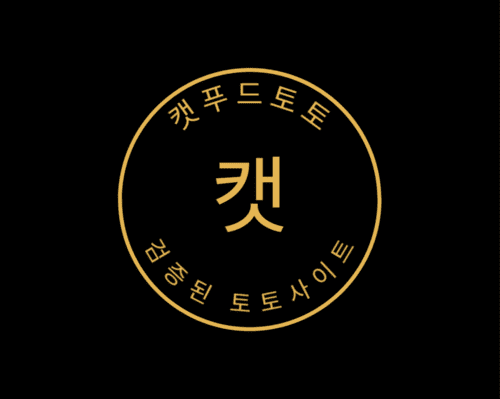Before and After: What Changed with Dystopian Books
The Starting Point
In the early days of literature, the concept of dystopia was often intertwined with cautionary tales. These works challenge readers to question authority, think critically about their surroundings, and consider the implications of technological advancements and governmental control. The genre continues to thrive, with new authors emerging and established writers exploring innovative themes. As a result, readers are presented with a broader spectrum of stories that challenge their perceptions and provoke critical thinking.
The benefits gained through the exploration of dystopian literature are numerous:
- Heightened Awareness: Readers become more aware of societal issues, prompting discussions on important topics.
- Enhanced Critical Thinking: Engaging with complex narratives encourages readers to analyze and question their surroundings.
- Empathy Development: Characters in dystopian settings often face moral dilemmas, fostering empathy among readers.
- Inspiration for Change: Dystopian narratives can inspire readers to envision and work towards a better future.
In conclusion, the transformation of dystopian literature has been profound. These stories were not merely entertainment; they served as reflections of the societal fears of their times.
It’s worth noting that books like “1984” by George Orwell and “Brave New World” by Aldous Huxley laid the foundational framework for what a dystopian society could look like. Popular titles such as “The Hunger Games” by Suzanne Collins and “Divergent” by Veronica Roth captivated a new generation, expanding the audience and igniting discussions about societal structure and personal autonomy. top dystopian novels
The Transition Period
As interest in dystopian narratives grew, the genre underwent a significant transformation. They have transformed not only the literary landscape but also the way we engage with the world. As we reflect on the changes that have taken place, it is clear that these stories serve as both a mirror and a guide, challenging us to confront the realities of our time and inspiring us to strive for a better future. dystopian society books
However, as the world faced various crises, the need for literature that reflected societal fears and anxieties became evident. However, the impact of these narratives extended beyond mere entertainment; they became crucial commentaries on the present, urging readers to examine their own realities.
Why Dystopian Literature Books Were Chosen
The choice to focus on dystopian literature was not arbitrary.
The genre has expanded to include various formats, such as graphic novels and interactive media, making it accessible to a wider audience.
Moreover, the benefits of this literary transformation are evident: classic dystopian books most popular dystopian books
- Enhanced Awareness: Dystopian stories encourage readers to think critically about societal issues.
- Empathy Development: Readers gain insights into the human experience and the consequences of societal choices.
- Community Engagement: Book clubs and online forums dedicated to dystopian literature foster discussions and community building.
- Creative Exploration: The genre inspires writers to push boundaries and explore new storytelling techniques.
In conclusion, the journey of dystopian literature from a niche genre to a mainstream powerhouse reflects societal changes and cultural shifts. Books like “1984” by George Orwell and “The Handmaid’s Tale” by Margaret Atwood have become essential reading, not just for their storytelling, but for the critical conversations they inspire.
The Transition Period
As the popularity of dystopian literature surged, a transformation began to take shape. Readers were no longer just passive consumers of content; they became active participants in debates about morality, politics, and the future of humanity.
All things considered, however, as I immersed myself in these narratives, I began to appreciate their depth. Works such as Suzanne Collins’ The Hunger Games and Veronica Roth’s Divergent introduced young adult audiences to dystopian themes, making the genre accessible to a younger demographic. Initially, these narratives emerged from the shadows of history, often based on real-life events that posed significant threats to humanity. I find myself more engaged and conscious of the world around me. Adaptations of classic novels and contemporary works alike brought these cautionary tales to a broader audience, sparking discussions about their relevance today. I sought stories that not only entertained but also offered a critical lens on reality.
